Maintain and Solve Problems
Step 5: Maintain Your Landscape
Maintaining Your Garden: The Efficient Way
Maintaining your garden and landscape may seem like a daunting task. Completing the right tasks at the right time with the right tools can result in healthy and beautiful gardens and landscapes for you to enjoy. What does gardening maintenance involve?
Watering
We all must use water responsibly in our landscapes. Applying the right amount of water using the most efficient methods helps your landscape and the environment stay healthy. Read the Efficient Use of Water in the Garden and Landscape bulletin from Texas A&M AgriLife Extension to learn more. See our Prepare page for Find our Water and Irrigation Gardening Basics guides and other water-related resources such as Preventing Runoff with Cycle and Soak Irrigation & Stormwater Management: Rain Gardens.

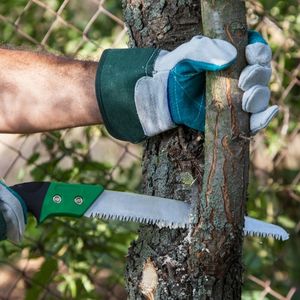
Pruning
Properly pruning our trees and shrubs at the right time improves their beauty and health. Done incorrectly, pruning can weaken or deform healthy plants. Learn more about proper pruning methods with the Follow Proper Pruning Techniques guide from Texas A&M AgriLife Extension.
Mowing
Maintaining a healthy, lush lawn requires using good mowing practices. How frequently you mow, the height of the mower blade, and the equipment you use all impact the health of your lawn. Look for the “Mowing Recommendations” guide from Texas A&M AgriLife Extension on our Solve Problems page.
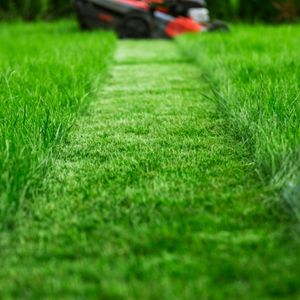
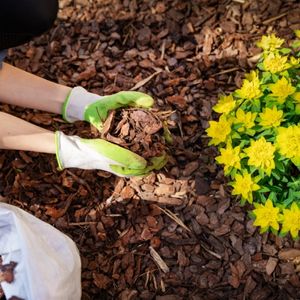
Mulching
Master Gardeners chant the mantra “mulch, mulch, mulch” for a good reason. Using mulch in your garden will conserve water, improve the soil, inhibit weed growth, and make your garden beds more attractive. Find our Mulch Gardening Basics guides on our Prepare page.
Fertilizing
Plants need water, light, and food to grow. The lack of nutrients in the soil can be helped with the proper use of fertilizers. Learn more about fertilizing best practices with our Gardening Basics and Texas A&M AgriLife guides on our Prepare page.
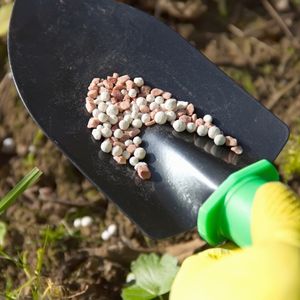
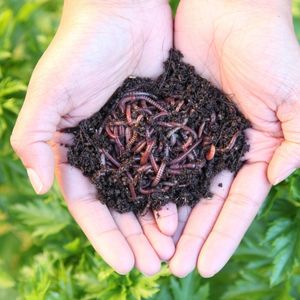
Improving the Soil
Soil is the source of most of the elements plants need to grow: water, food, air, and organic matter. Learn more about maintaining and improving the quality of your soil from our Gardening Basics and Texas A&M AgriLife guides on our Prepare page.
Weeding
Controlling weeds in the garden and landscape can be especially frustrating. Many methods to control weeds are available, including hand-digging and the proper use of herbicides. Our Gardening Basics guides on our Solve Problems page will help you learn which are the best methods to use.
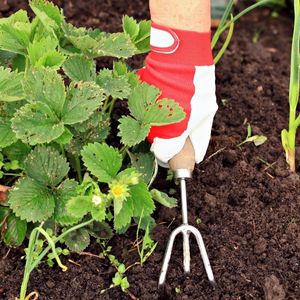
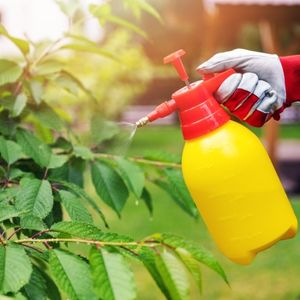
Controlling Pests & Diseases
Horticultural pests are any living organism that negatively affects plant health or annoys people or pets. Master Gardeners practice Integrated Pest Management to improve the landscape so that the growing conditions are more favorable to plants than pests. Learn more about Integrated Pest Management and controlling specific garden pests on our Solve Problems page.
Sign Up for Our E-Magazine
Grow Your Skills
Conquer your landscape! Start getting our best how-to advice today. Sign up for our free monthly e-magazine, The Root. Receive expert tips, easy-to-follow plans from experienced gardeners, and learn new techniques you can put into practice right away.
